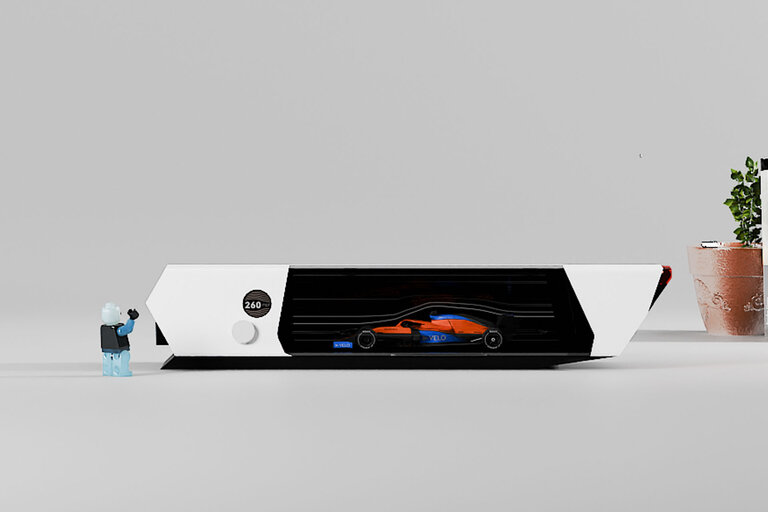
Having the correct auto insurance information is essential for you and for everyone involved if you are in a collision. Learn more about auto insurance and how to find out if someone has auto insurance coverage.
What Auto Insurance Information Do You Need?
You need information such as the Vehicle Identification Number (VIN), vehicle license plate number, or owner’s driver’s license number. You also need the other driver’s contact information to find their auto insurance.
Ask the Other Driver
Asking the other driver should be the first action you pursue after a collision. Exchanging insurance information is useful to you and the other driver to make insurance claims. Remain calm when you ask someone for their insurance information. Be ready to give your insurance information to the other driver.
The Information
To make a claim or pay a claim, you need contact and other information. The necessary contact and other information you should get after a collision is:
The Driver’s Name: If you are uncertain about the spelling, ask the writer to write the name for you.
Contact information: Contact information could include email address and telephone number. Don’t exchange personal addresses. The respective insurance companies have this personal information.
The Name of the Insurance Company: You should exchange information about your insurance companies to file claims.
The insurance Policy Number: Get the insurance policy numbers to help you file claims.
Help From the Police
You can request information from the police about the other person’s auto insurance if you have a legitimate reason such as being in a collision with another driver. Provide the license plate number and the incident report to the police officer.
Unfortunately, according to the Insurance Research Council (IRC), 13 percent of drivers on average are uninsured in the United States. The rate of insurance varies by state. This means you should be cautious and do the necessary follow-up.
Other Ways to Get Insurance Information
There are several ways to get insurance information. Some ways to get insurance information are:
Local DMV: You can ask your local Department of Motor Vehicles (DMV) for the auto insurance information. However, you will need to give your contact information and reasons for the request. Provide verifiable information to the DMV. The DMV can deny your request if you provide false information or give false reports. Driver information has protection under privacy laws. However, you can ask for insurance information from the state DMV if you were involved in a collision with another vehicle. If you need the insurance company name, take the license plate number to the DMV for that information. Have the police report and other documents to prove you have reasons for wanting this information.
Talk to Your Insurance Company: You can speak with your insurance company if a driver at fault disappears and you cannot contact them.
The First Step to Finding Auto Insurance Information
There are several steps you can take to get information from the DMV or other governmental bodies that can give you auto insurance information. The first important step is filing an accident report with the police. Afterward, the police will take statements from both drivers and any witnesses. From the drivers, the police will request proof of insurance. If a driver refuses to provide you with insurance information, the police should obtain the information from the driver. Don’t get into a confrontation with the other driver. The police will obtain this information and enforce the collection of it.
What is in A Crash Report?
An official crash report provides information about accident causes, road conditions during the collision, vehicle types, and names of passengers and drivers. A police officer will also confirm that drivers have liability insurance. You or your injury lawyer will be able to get a copy of the report to help you identify who is at fault in the collision for the insurance company.
What Happens With An Underinsured or Uninsured Driver?
You will need to file a claim with your insurer if the other driver doesn’t have insurance. You will need evidence you are not at fault. Use pictures, police reports, and witness reports for evidence. The insurance company will investigate the accident and determine fault. The claim you file with your insurer will use your uninsured motorist coverage policy to reimburse you.
Liability Coverage
Having a liability coverage policy to help you pay medical bills or pay for damage to your vehicle if an at-fault driver doesn’t have insurance is useful.
Underinsured Coverage
Like liability coverage, there is underinsured motorist insurance to help you if an at-fault driver injures you or damages your car and lacks enough insurance to cover the costs. Having protection against such expenses can be very helpful.
Situations Where You Should Know Auto Insurance
There are many situations where you won’t have your car and need to know what auto insurance someone has. Some of these situations are:
Borrowing A Friend’s or Family Member’s Car: Know the auto insurance status and history of any car you borrow. You should ask the lending person to call their insurance company to verify the insurance is active and sufficient.
Divorce: In the middle of a divorce, both spouses need to be transparent about active auto insurance, such as if the spouses have registered the car in both names.
Small Business: Owners who have a business where employees need to use cars for their jobs should insist on a company policy that employees hold auto insurance, as this helps to shield the owner from liability.
Schools: School administrators should insist on proof of insurance from parents who drive students for field trips.
Other Ownership Proof
Manufacturer’s Certificate of Origin: The Manufacturer’s Certificate of Origin (MCO) comes with a new vehicle to verify a car company manufactured the car.
Letter of Release From Lienholder: Banks send letters of release to show you paid off the car and own it.
Bill of Sale and the Registration Certificate: A bill of sale shows you bought and registered the car.
DMV Paperwork and Proof of a Certified Letter Sent to the Seller: You can prove ownership by filling out the proper DMV paperwork.
Check this out if you need additional information, resources, or guidance on car insurance.
Sources:
One in Eight Drivers Uninsured
What Is an Extended Warranty for a Car?
This content is created and maintained by a third party, and imported onto this page to help users provide their email addresses. You may be able to find more information about this and similar content at piano.io
Source link





